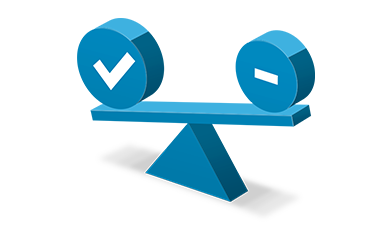SDK and UNI Ruby development environments comparison table

UNI Ruby – suitable for simple devices (autosamplers, pumps, detectors). Script can be directly added to the local Clarity station. When it should be distributed regularly with Clarity, it needs to be authorized. It is necessary to conclude the agreement and send the script for testing to DataApex. Testing and support is charged. UNI Ruby is easy for programming and fast, but has some limitations such as basic user interface, limited communication and no support of external libraries.
SDK (Clarity Software Development Kit) - suitable for complex devices (GC, HPLC systems). It requires an experienced C++ programmer. It is more complex and flexible. We can provide access to our SDK kit for free. SDK Wizard and examples are also available. To be authorized, it is necessary to conclude the agreement and send the control module for testing to DataApex. Testing and SDK support is charged.
| UNI Ruby | SDK Control |
Programming language | Ruby | C++ |
Suitable for control modules | simple modules | complex modules |
Development Cooperation Agreement | not required | required |
Control module testing and approval | not required when used for own purposes | required |
External Libraries support | no | Microsoft MFC and ATL |
User interface (UI) | simple (table with parameters and values/checkboxes/ buttons or time table) | rich |
Wizard | no | yes |
Communication channel(s) | 1x only (TCP/IP, UDP, USB, COM or GSIOC) | no limitations |
Combination of different subdevices | limited | no limitations |
| Multiple Instruments assignment | limited | no limitations |
Advantages | fast | variable |
Disadvantages | limited UI | steep learning |
